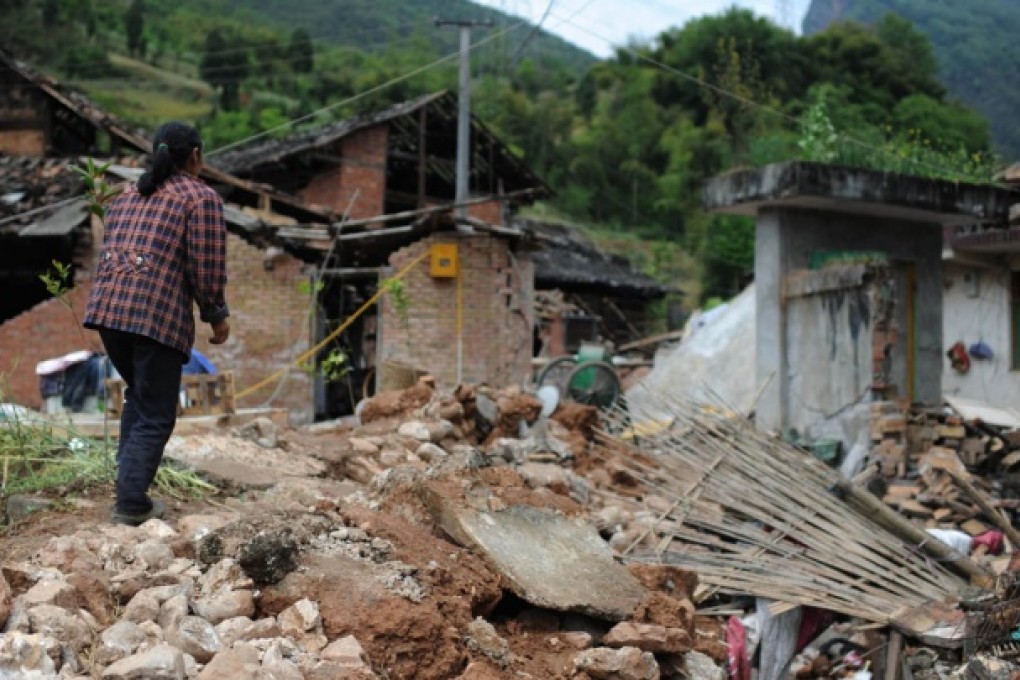How to make charity dollars count
Howard Liu and Stephen Tsui say experience shows relief efforts and aid are most effective when disaster-hit communities are invited to help plan, carry out and monitor the reconstruction, to ensure quality

Since the Yaan earthquake on April 20, Oxfam staff have often been asked how to best ensure donations are well spent in the community. This is a healthy reminder that keeps pushing us to refine our monitoring systems.
Looking back at our emergency relief and rehabilitation projects following the Wenchuan earthquake five years ago today, we find that we have gained valuable experience in examining the use of funds.
In that time, we have implemented 216 relief and rehabilitation projects in Sichuan, Gansu and Shaanxi , 22 of which will be completed by the end of this year. Total funding for these, as of February, was HK$166 million. Among our 91 project partners, 57 per cent are government departments; 34 per cent are local non-governmental organisations and 9 per cent are academic institutes.
The short-term (or direct) aim of these rehabilitation projects is to make best use of public donations, to help marginalised and impoverished communities recover from the disaster. Longer term, we aim to empower the communities themselves while also establishing a system of checks and balances locally, to promote transparency.
Beyond the villages themselves, we have encouraged our governmental partners to adopt the same approach of empowering communities, in order to enhance their own transparency, accountability and strategies for allocating resources.
Regular visits to projects are an important part of the monitoring progress, but they are never enough on their own; the participation of the local community is equally, if not more, effective. Villagers have a stronger sense of ownership of the project because they know they will benefit directly from the outcome. As a result, they really care about the quality of the project.
For this reason, we support the formation of a project management committee in a village. For example, in a road rebuilding project, one group would be responsible for stock-checking the materials, another would deal with financing, and yet another would monitor quality. Villagers would also come up with a system of maintenance.